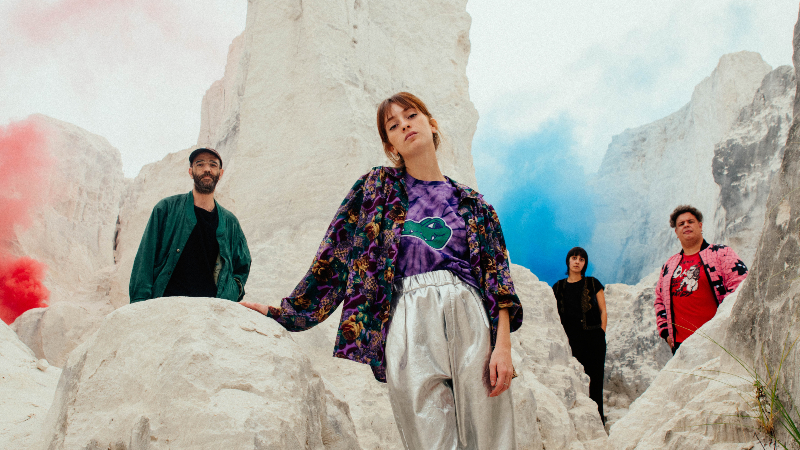Sources: CNC / Patrimatic / e-cultura.pt / Lino Mendes
Type of Heritage:
Intangible Heritage
As early as 1878, Folklore was recognized internationally as “traditional knowledge, the untold history of a people”, first to refer to the traditions, customs and superstitions of the popular classes, later to designate all culture born mainly in these classes. And because the unitary definition became very difficult for the rehearsers of the folklore groups, in 2002 and in an organization of the Jornal Folclore, the majority of specialists and scholars met in Santarém, resulting in a synthesis of excellence for the Portuguese reality, which we now transcribe:
FOLKLORE is the expression of the experience of people from the past when their natural way of being was not yet so marked by influences that came to them from outside. In which such influences were received, adopted and acculturated. Traditionalized, if we want. Before a time when they became so intense and numerous that they themselves began to acculturate local community experiences. Changing them and making them disappear. As is the case today, an influence that was not felt everywhere at the same time, depending on the temporality and pace of change in different societies; naturally differentiated.
But how do we know what Folklore is?
There are four situations that, when taken together, determine it: being popular, being normally by an unknown author, being traditional and being community-based.
1) be popular: be used by the people. To which the people, through said use, acculturative or not, adapted, and gave their own striking characteristics.
2) normally be by an unknown author: of course, everything had an author, but a large part of popular creation is made up of successive transformations: some so slight that they are not even noticed. Some are involuntary, depending on the characteristics of the user. Giving the example of a “fashion”, someone made it, but player after player, singer after singer, with the changes that were unintentionally introduced, ended up changing it until sometimes it became a very different song: which we may not even consider the same pattern.
However, many songs are of urban origin that people adopt and adapt. In these, as in some locally created ones, the author can sometimes be identified. These are, however, rare cases.
3) being traditional: having been passed down from generation to generation, reaching us orally or through imitation, doing what was seen or heard; Traditional behaviours, practices, experiences and values that any culturally relevant social group used for long enough to impose their local brand should also be understood as traditional, regardless of their origin and nature.
4) being community: belonging to a significant cultural community and not just a family or person. Be used by the entire company or by a social group of significant size.
We can thus say, and in a different language, that “the traditional pattern (read folkloric) is every type of cultural element that rural populations created or adopted and that became popular due to its adaptation to local or regional functions and/or tastes , its use becoming widespread not all or in any social group, qualitatively and quantitatively representative, during a quantitative period of time. Folklore is, therefore, a memory of a time that has passed and will not return.” (Aurélio Lopes)
But folklore stopping there, being simply a reference in time, does not impede evolution, although now in the form of non-traditional popular heritage, nor does it interfere with the emergence of new cultural phenomena, which, if properly studied, will take their place.
As can be seen, one of the conditions for it to be folklore is to be traditional, a situation that still remains today as it has not evolved, as our experiences have become different. From the time when the influences that reached our communities were adapted locally and communally, we have gone to the time “in which the local reality is submerged by the enormous flows of influences that arrive there and is shaped and universally standardized by them”. The ways of living are increasingly the same, they are not similar, they are not representative of the respective eras.
And so, being traditional culture, it is also the guardian of our cultural identity. It is true that this is evolutionary, but let’s say in a negative sense because the more it evolves, the more equal we become. So we have to go to that reference point in time, looking for “traditional” cultural identity.
Trying to explain better, why doesn’t FOLKLORE evolve?
Because what is done today in any locality does not have the characteristics that allow it to be considered within the concept of folklore.
“They are not local and traditional ways of doing things. They do not result (they were not shaped) by this local custom. They are increasingly the same as everyone else; from other locations, regions, nations, etc. They are ephemeral and heterogeneous (often cyclical) and do not bear witness to similar ways of living that have lasted over time; read, representative of the respective eras” (Aurélio Lopes)
The last Sunday of May is National Folklore Day.
The date was established by the Assembly of the Republic in 2016.











